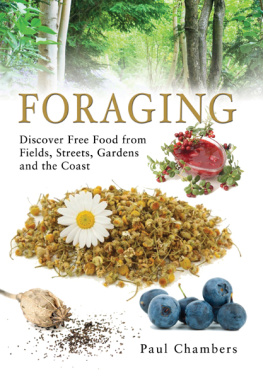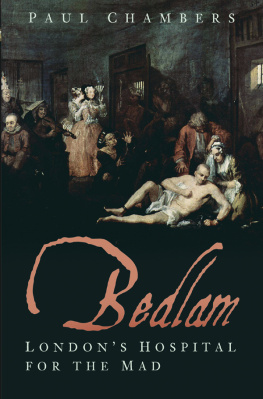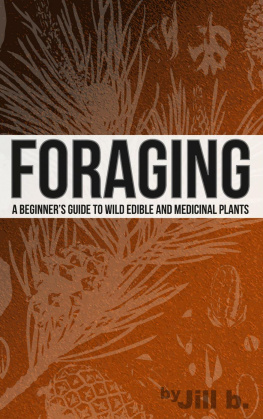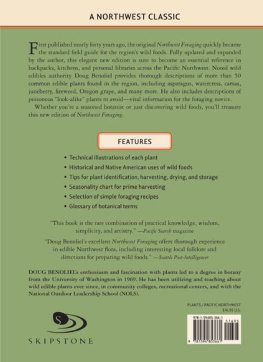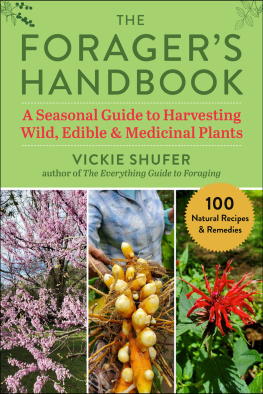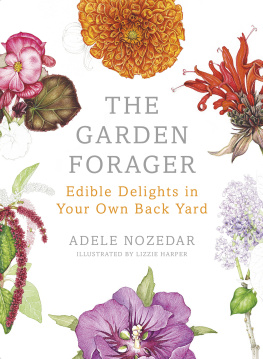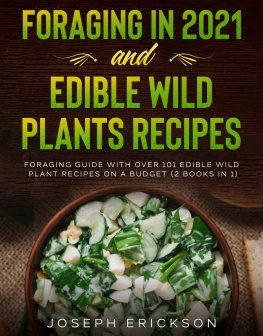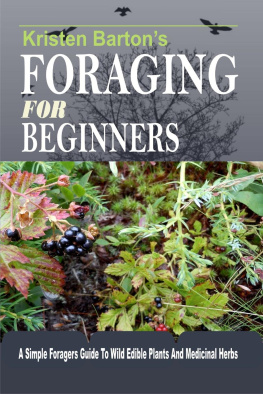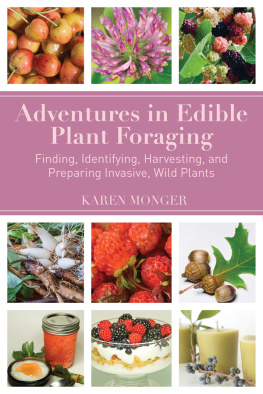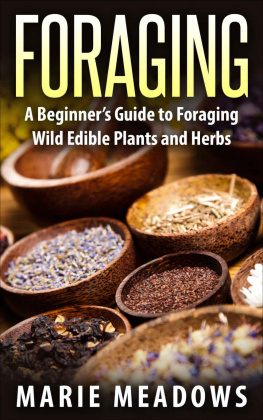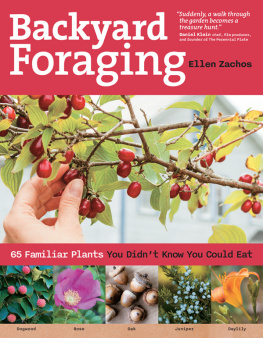First published in Great Britain in 2010 by
Remember When
An imprint of
Pen & Sword Books Ltd
47 Church Street
Barnsley
South Yorkshire
S70 2AS
Copyright Paul Chambers 2010
PRINT ISBN: 9781844680849
EPUB ISBN: 9781844682836
PRC ISBN: 9781844682843
The right of Paul Chambers to be identified as Author of this work
has been asserted by him in accordance with the Copyright, Designs
and Patents Act 1988.
A CIP catalogue record for this book is
available from the British Library.
All rights reserved. No part of this book may be reproduced or transmitted in any form
or by any means, electronic or mechanical including photocopying, recording or by any
information storage and retrieval system, without permission from the Publisher in
writing.
Typeset in 10pt Palatino by Mac Style, Beverley, East Yorkshire
Printed and bound by Kyodo Nation Printing Service, Thailand
Pen & Sword Books Ltd incorporates the imprints of Pen & Sword Aviation, Pen &
Sword Maritime, Pen & Sword Military, Wharncliffe Local History, Pen & Sword
Select, Pen & Sword Military Classics, Leo Cooper, Seaforth Publishing and Frontline
Publishing.
For a complete list of Pen & Sword titles please contact
PEN & SWORD BOOKS LIMITED
47 Church Street, Barnsley, South Yorkshire, S70 2AS, England
E-mail:
Website: www.pen-and-sword.co.uk
Contents
Preface
F oraging for edible wild plants is a fun and practical hobby that is ideally suited to the modern world. We are daily confronted with concerns about climate change, supermarket dominance, genetically-modified organisms and sustainability; at a stroke the art of foraging addresses all these issues. The wild plants of Britain are a low carbon, sustainable resource that require no packaging, no wasteful processing, no air miles and, most amazingly of all, they are free and they taste great! Perhaps this is why foraging has become one of the fastest growing countryside hobbies of recent years.
Foraging is, of course, simply a modern name for practical skills that were at one time widespread among the rural population. In prehistoric and medieval times foraging was used to supplement poor agricultural diets and to stock up the winter larder. It was also a medicinal necessity with much of the preliminary botanical studies being undertaken by apothecaries who were eager to describe the plants which formed the ingredients of their medicinal concoctions. However, one does not need to travel far back in time to understand the usefulness of foraging: the rationing of food in the 1940s and 50s saw people turn to the hedgerows in search of additional cooking ingredients while recent historical crises, such as the Potato Famine in Ireland, caused foraging to become a survival skill. Indeed, my own relatives once foraged for seaweed and hedgerow plants during the near starvation conditions brought about by the German occupation of Jersey during the Second World War.
These days farmed food is plentiful and foraging is no longer a matter of life and death, but there has been a remarkable upsurge in its practice during recent years. What should have caused such an interest in foraging for wild food is a matter of debate. Some think it might be because the modern world of supermarkets and instant meals has placed a wide gap between ourselves and the source of the food we eat and foraging helps us to bridge this. Others say that it is simply a reflection of our search for a simpler, less cluttered lifestyle. However, I suspect that there are dozens of reasons why people are learning to forage, not least of which is because it is engaging, healthy and great fun. Whatever the reason, foraging in the twenty-first century is an established hobby that engages hundreds of thousands of people to a greater or lesser degree.
My own interest in foraging arose from a pre-existing passion for natural history. Like many amateur naturalists, I was well acquainted with the British countryside and knew that some of its plants were edible but I had rarely bothered to test this. My experiments went little further than picking a few blackberries or making the odd batch of nettle soup. Then, several years ago, a friend took me foraging along the hedgerows and footpaths close to his house. We left before sunrise on a late summers day and within an hour had gathered enough food to take home and prepare a hearty breakfast for our still slumbering families. My eyes were opened to the art of foraging and the satisfying feeling of accomplishment that it can produce.
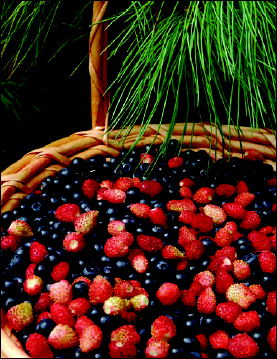
A selection of summer fruit.
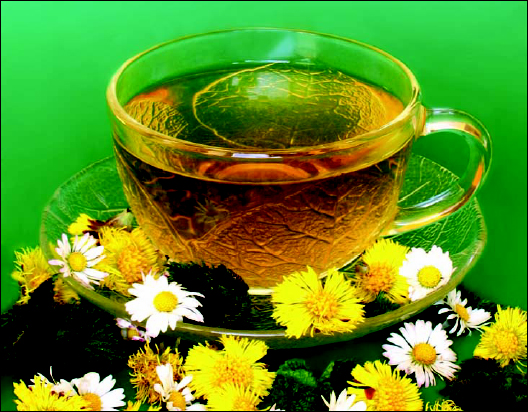
A refreshing cup of herbal tea.
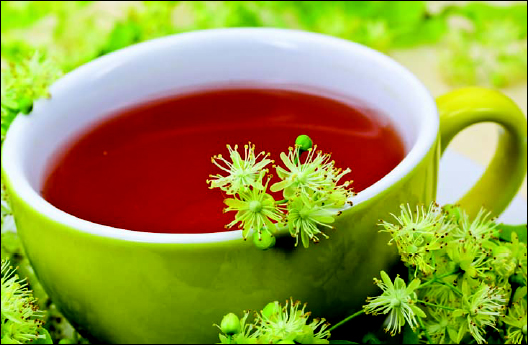
A refreshing cup of herbal tea.
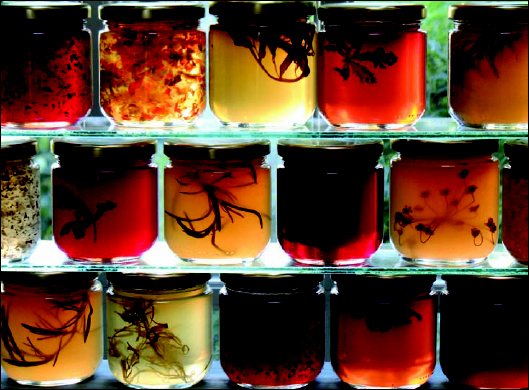
The foragers winter larder.
I bought a book on the subject and began to forage for my own food. At the time I was living in London but this did not prove to be a problem as the canal banks, heaths and suburban woodlands proved to be a great source for edible plants. Later my wife and I moved to the Hertfordshire countryside whereupon my horizons were further broadened, as they have been ever since.
When I started foraging I was not the worlds best botanist (I prefer to study invertebrates) but it proved to be the ideal excuse to become better acquainted with the flora of Britain. As my interest grew, so I learned to identify dozens of plant species that I had hitherto not even noticed. I soon realised that foraging is not just a means of obtaining free food but, if done sensitively and correctly, it is a fascinating and absorbing outdoor pastime which has much to offer the amateur naturalist.
As an amateur naturalist who became a forager (rather than vice versa), I am disappointed with some of the books that have been written about Britains edible plants. I feel that while most of these publications write admirably on the culinary delights of individual plants, they have rather forgotten the context of their natural history. I also feel that some of the books are not well organised, the plant species being listed alphabetically or even randomly. This does not reflect the way in which I undertake my foraging expeditions, which tend to be organised around trips to a certain part of the countryside (e.g. a woodland or the coast).
I have tried to address these perceived shortcomings by writing a book which I hope will appeal to beginner to intermediate foragers, to naturalists and to natural historians. I have structured the chapters in this book around the various natural environments in which the forager is liable to want to search for food (e.g. the seashore, woodlands, etc.). I hope that associating the plants with their usual environment will make the process of searching for and identifying them easier. (I freely acknowledge that this structure is not perfect, and that there are some plants which could have been placed in more than one chapter, but I hope it will suit most people.)
I have always rather admired John Gerards Great Herball, a botanical-cum-herbalist work that was first published in 1597 and which remains in print. Gerards plant entries are well-structured so that the reader can at a glance gather information on each species ecology, appearance, uses and virtues. I have tried to ape Gerards style by structuring individual plant entries in this book to include a wealth of information concerning botany, occurrence and culinary potential as well as on their historical use and any modern scientific interest. It is my hope that each plant in this book has been thoroughly explored and researched from several different angles, but especially from historical, scientific and culinary points of view.
Next page
